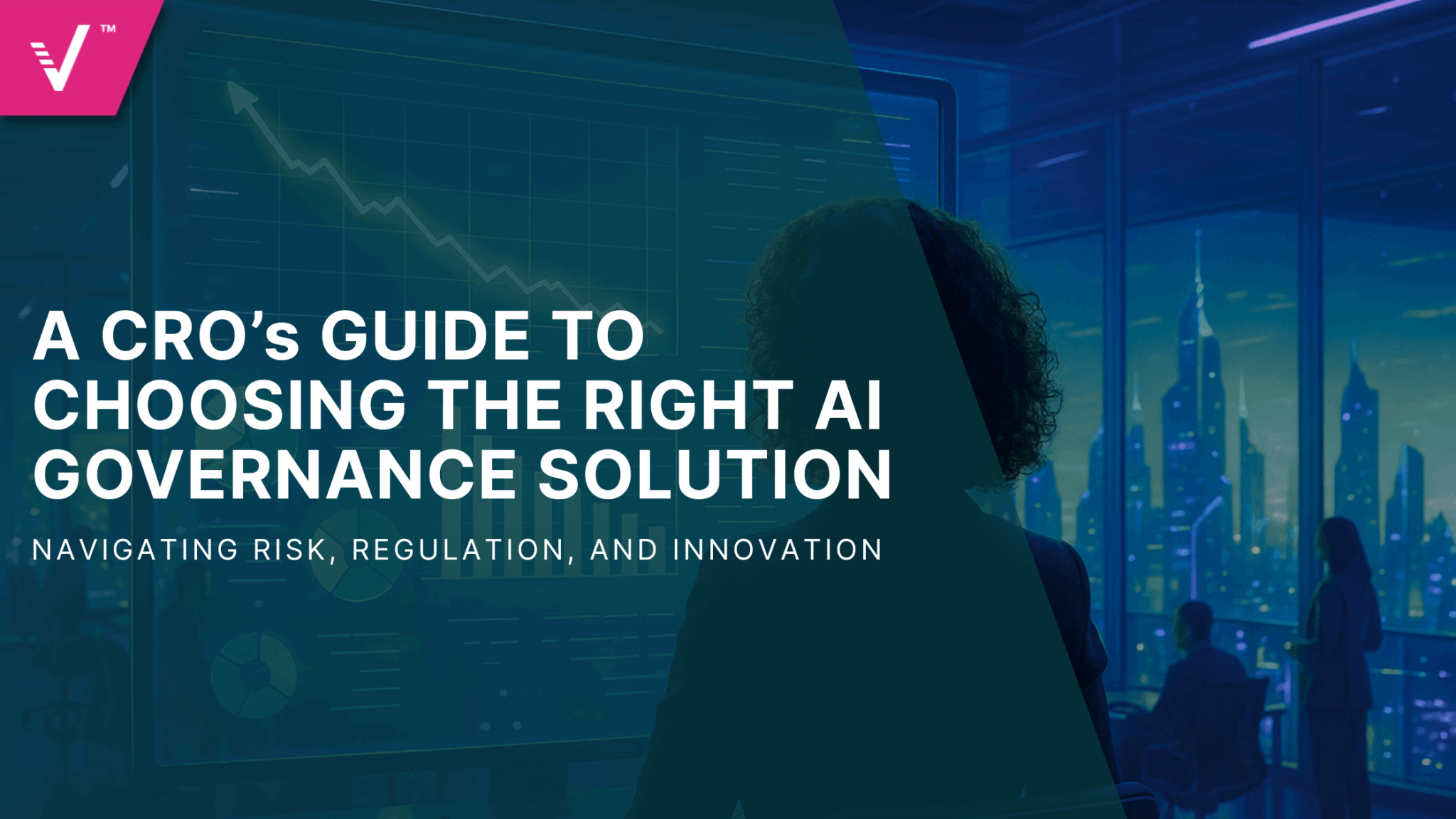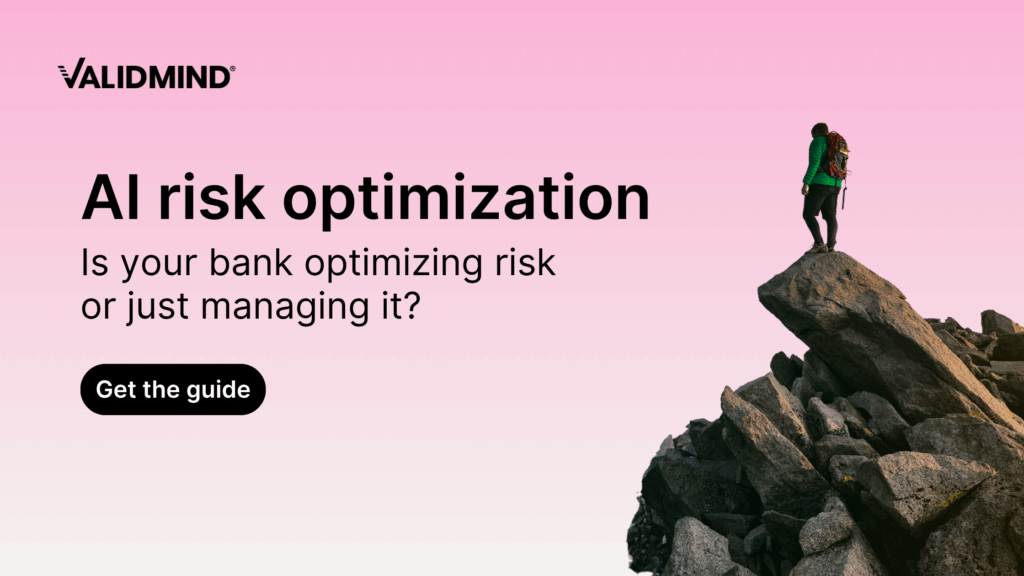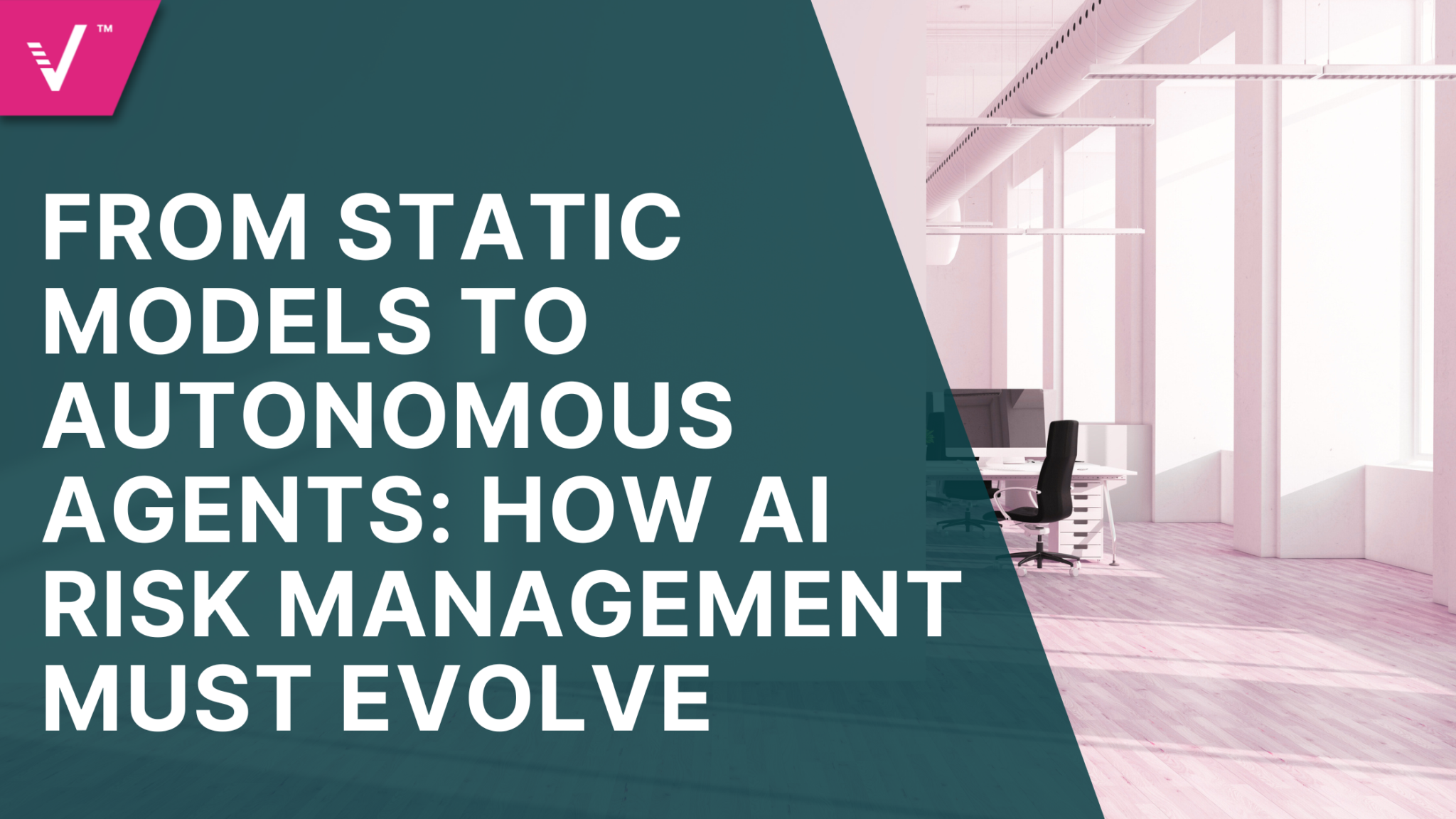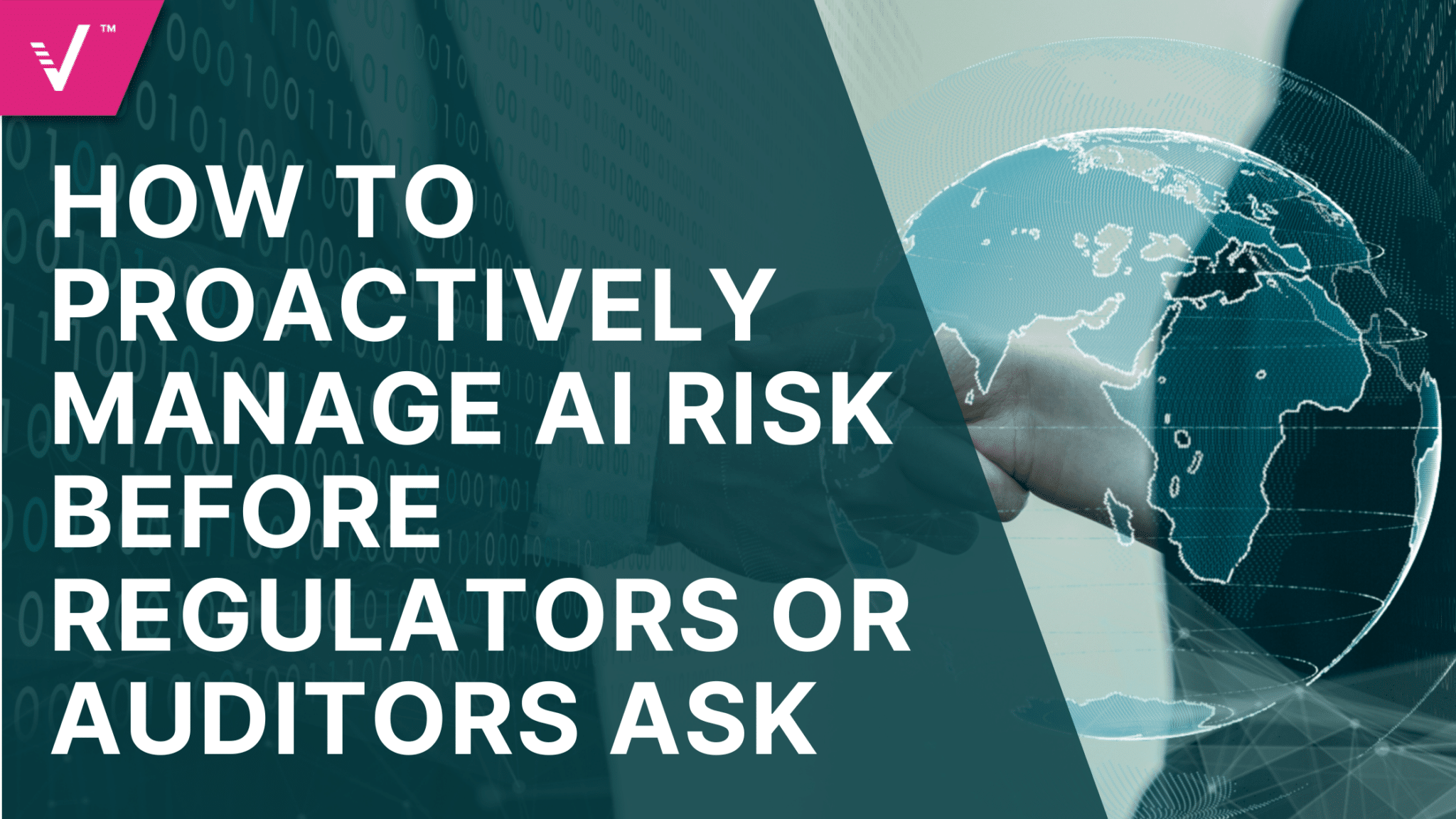A CRO’s Guide to Choosing the Right AI Governance Solution

AI is moving fast, outpacing many risk teams’ and executives’ readiness to implement this valuable technology quickly and responsibly. What once felt like a distant concern is now a front-line responsibility. With growing regulatory pressure, operational risks, and board-level visibility, chief risk officers (CROs) specifically must act decisively.
Laws like the EU AI Act are making AI governance mandatory, highlighting the need for solutions that keep pace with evolving compliance. Done right, governance can become a competitive advantage. This guide is designed to help CROs cut through the noise and understand what effective and future-ready AI governance really looks like. Regulators aren’t waiting, and neither can you.
AI Inventory Management
Choosing the right AI governance platform isn’t just a matter of ticking a box; it’s a strategic imperative. Before evaluating solutions, CROs must ask: Do we know where our AI is? Do we know how these models are performing? Without a comprehensive model inventory across the organization, governance is impossible. There are three keys to building a robust inventory:
1. Ensure Regulatory Compliance
Start by understanding and aligning with all applicable laws and regulations based on region and industry. This will create a legal foundation for any AI governance effort.
2. Build Internal Governance Foundations
Once compliance requirements are clear, focus on the internal piece. CROs should focus on developing strong internal governance through proper AI inventory, risk classification, and impact-tiering frameworks. You need to know what models exist, how they function, and what risks they present.
3. Direct Dialogue with Regulators
With internal visibility in place, initiate direct dialogue with regulators. You’ll have far more credibility in that regulatory dialogue when you can explain what your current use cases are, any anticipated applications you have, and how you’re managing each case.
“If there are use cases you’re unaware of, it’s impossible for you to manage the risk.”
Jan Larsen, Chief Revenue Officer, ValidMind
Your AI inventory is more than a list. It’s meant to act as a tool to help improve oversight while building regulatory trust. This inventory anchors your entire AI governance program.
Risk Domain Prioritization
Not all risks are equal. Having a consistent framework to categorize model impact, like asking, Could a failure in this model threaten the bank’s viability?, is important. This ensures that governance resources are focused on the models that pose the greatest risk.
Want to learn how to manage AI risks effectively? Download our technical brief: AI Risk Optimization
To do this well, CROs must ask:
- How do we measure the risks?
- How do we quantify the risks?
- Are we confident we understand the full risk landscape?
The answers will vary by use case, so focus on solutions that will be adaptable with your risk assessment approach. It’s not enough to know what risks exist, you need to look at materiality and severity too.
Buying for Today vs. Building for Tomorrow
AI governance isn’t just about today’s problems; the use cases you’re managing today and those no one can predict must be supported. The real test is how your framework scales with evolving AI use. Choose solutions that are flexible on all fronts; ones that support current use cases and the unknown ones.
“Implementing a solution that’s only tailored to today’s relatively limited use cases means you’re going to find yourself replacing that faster than you’d like to, and that’s a painful process.”
Jan Larsen, Chief Revenue Officer, ValidMind
If the solution is unable to integrate into your risk or reporting processes, it becomes an unused asset. AI governance should align with your broader risk management and compliance strategies; delaying these decisions may feel safe today, but inaction comes with greater risk. With the rapid spread of AI and increasing use of AI models, implementing governance across departments becomes more challenging. Early decisions set the tone for flexibility, control, and future audit-readiness.
Operational Fit & Integration
No governance solution can operate in a vacuum. Being able to properly integrate the solution into your model infrastructure is key from the start. It’s not about how a tool integrates, but what it can create after integration.
“You can’t assume that the future looks anything like today. You need something that will accommodate completely unexpected use cases.”
Jan Larsen, Chief Revenue Officer, ValidMind
Does it provide flexibility, or does it tie you to a platform that may not scale with all your needs? Ease of integration determines how quickly AI governance delivers value, and these solutions must meet unforeseen needs as your use cases evolve.
Choose a solution that can scale with your ambition, before you’re forced to start over. Governance is no longer optional, but it’s also not just compliance. With the right foundation, CRO’s can transform AI governance into a durable strategic advantage. The AI governance solution you choose must be flexible enough to adapt across both internal and external policy changes. Select partners who see governance as a living system, not a static checklist.
Don’t leave your choice of AI governance platforms to chance. Connect with one of our experts today to learn how ValidMind can supercharge your AI governance.



